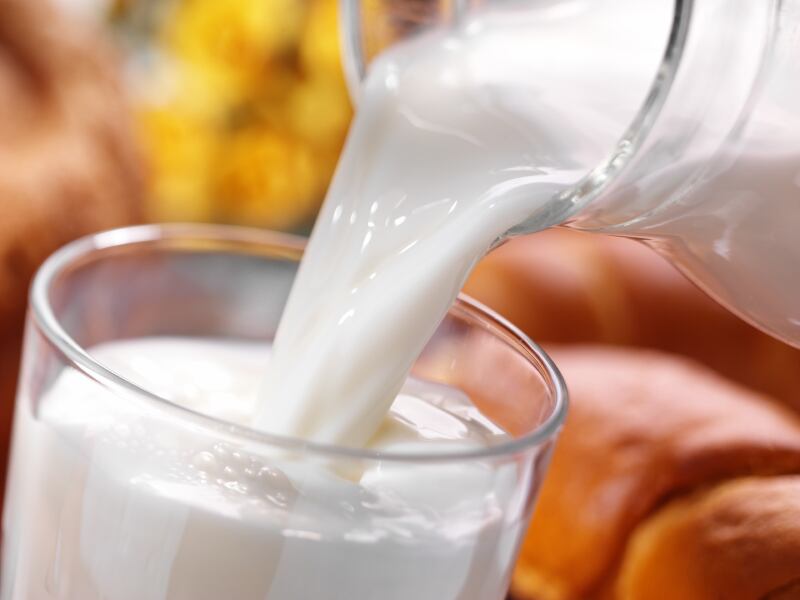These results suggest that a sustained increase in satiety can be induced by consumption of food foam containing very little energy. The results may also form a foundation for the food industry as an effective way to prevent and tackle the problem of obesity.
The study, conducted in France for the Unilever Research & Development centre based in the Netherlands, enrolled 72 healthy subjects, who each consumed 400 mL of each of four foams. This was conducted over the course of one per week over four weeks, 150 min after a standardised breakfast.
Appetite ratings were collected for 180 min post-foam. The reference was a normal energy food foam (NEF1, 280 kJ/400 mL) similar to that used in previous research. This was compared to a very low energy food foam (VLEF, 36 kJ/400 mL) and 2 alternative normal energy foams (NEF2 and NEF3) testing possible effects of compositional differences other than energy (i.e. emulsifier and carbohydrate source).
Unilever’s previous research on focused on individuals’ expectations of food and their satiety properties. Foods eliciting low satiety expectations were often chosen in larger portions. The study successfully demonstrated that satiety expectations of a first course 'carried over' to the rest of the menu in people who made satiety estimations for an entire menu.
The sanctity of satiety
The satiety of food remains an ongoing issue for the food industry, well aware of the rising epidemic of obesity and its related illnesses. The industry currently relies on two accepted strategies for food production to lower the energy density of specific foods.
One is to increase the water content, thereby increasing weight and volume but not energy and the other is to increase the gas content, thereby increasing volume but not weight and energy. While a number of studies have shown that water consumed with a meal, or added to a food matrix, such as soup or a milk-based drink increases satiation its effects are not sustained.

Likewise, the effects of including gas in foods have shown that incorporation of air in iso-energetic milkshakes served as preloads 30 min before lunch, affecting appetite and subsequent energy intake.
In contrast, studies have found no effect of carbonation of a pre-meal beverage on food intake immediately thereafter, despite increased gastric volume. Effects on satiety and food intake may depend on the level of carbonation, though these effects do not seem to persist after the meal. Thus, until recently only small or short-lived satiety effects of added gasses have been shown.
Study details
The study enrolled healthy normal weight and overweight male and female participants aged 18–60 years into a single-centre, randomised allocation, single-blind, balanced-order crossover study design.
On each test day, volunteers consumed a standardised 1047 kJ (250 kcal) breakfast. Subjects received 400 ml of one of the four foamed test products 2.5h after start of breakfast and consumed this within 10 min. Each subject received one of four test products each week for 4 weeks, separated by a one-week washout period (consumed on the same week day).
Subjects rated product liking, product smell, taste and mouthfeel directly after consumption of the study product. Appetite ratings (6 scales) were collected from 5 min prior to breakfast until 180 min after study product consumption
Appetite ratings were quantified as area under the curve (AUC) and time to return to baseline (TTRTB). Equivalence to normal-energy food foam 1 (NEF1) was predefined as the 90% confidence interval of between-treatment differences in AUC being within −5 to +5 mm/min.
Results found all treatments similarly affected appetite ratings, with mean AUC for fullness ranging between 49.1 and 52.4 mm/min. Very low energy food foam (VLEF) met the statistical criterion for equivalence to NEF1 for all appetite AUC ratings, but NEF2 and NEF3 did not. For all foams the TTRTB for satiety and fullness were consistently between 150 and 180 min, though values were shortest for NEF2 and especially NEF3 foams for most appetite scales.
“This is the first study to show that a sustained increase in satiety can be induced by consumption of food foam containing very little energy,” the study said.
“Consumption of this food foam induced effects on self-rated appetite equivalent to a food foam with a substantially higher energy content. These results suggest that energy and macronutrient content are unlikely to play a critical role in the satiating properties of these food foams, at least at the energy levels and volumes tested here.”
The researchers commented that that consumption of all four foams led to significant and clinically relevant increases in satiety despite the very low (36 kJ) to moderate (≈300 kJ) energy content of the foams.
“It is possible that a higher energy content will enhance the impact of foam on self-rated appetite. However, from a weight management perspective, testing foams with much higher energy content is of limited interest, when such substantial effects can be observed without risking further adding to total energy intake.”
Source: Appetite
Published: 1 February 2016, Vol.97, pp 64–71 doi:10.1016/j.appet.2015.11.023
“Sustained satiety induced by food foams is independent of energy content, in healthy adults”
Authors: WA Bloom et al.
